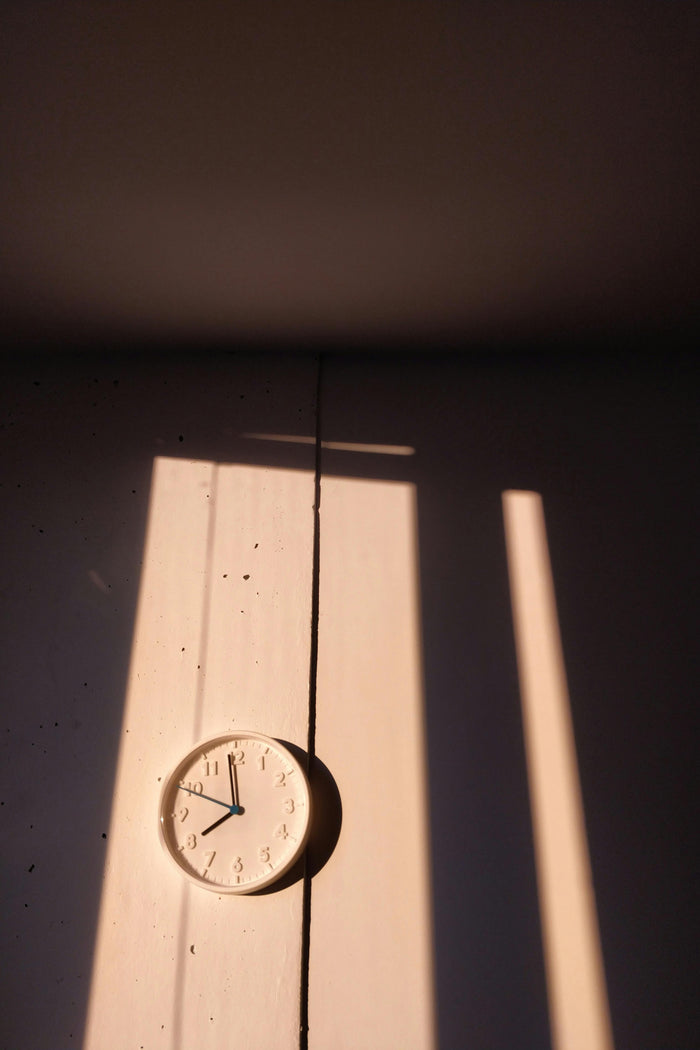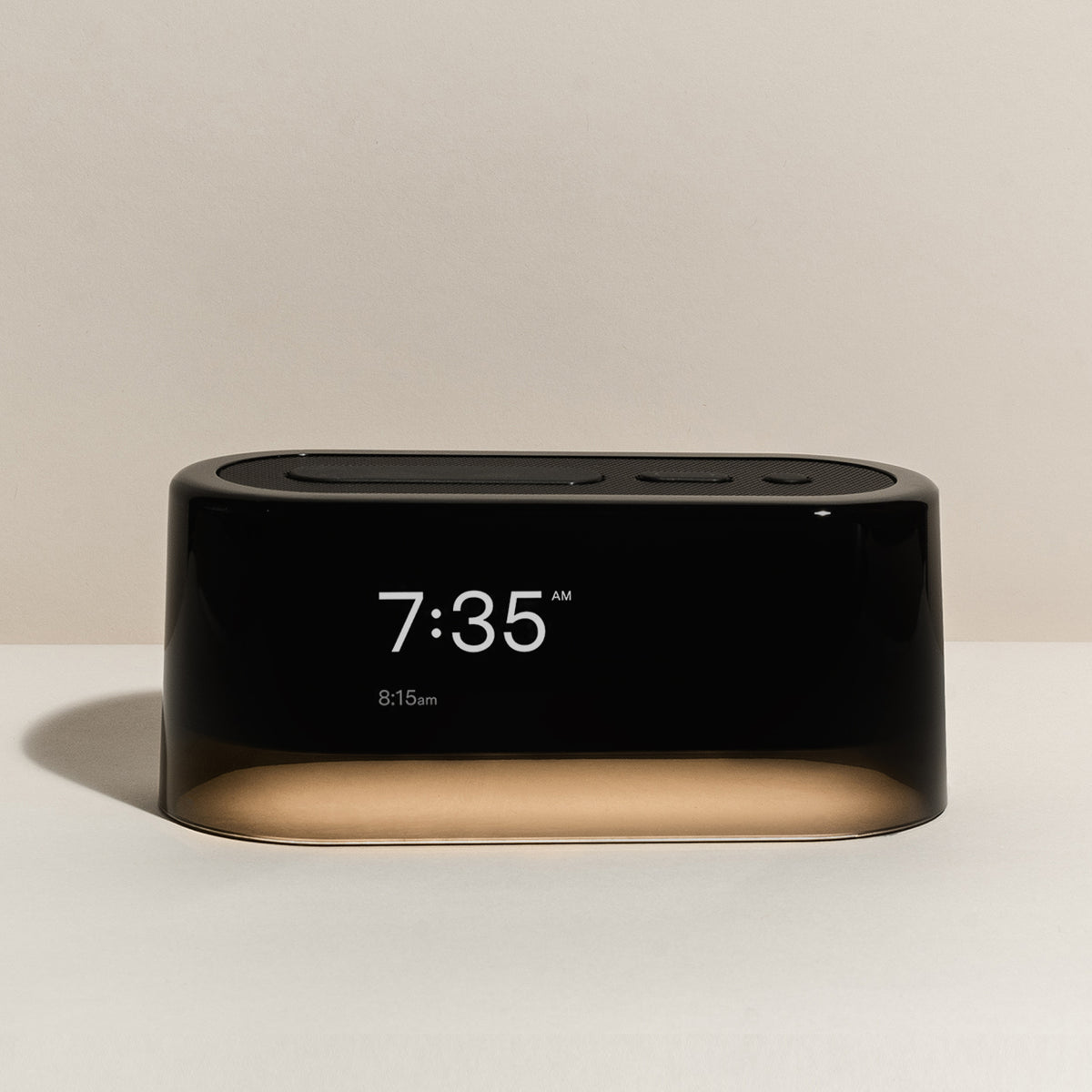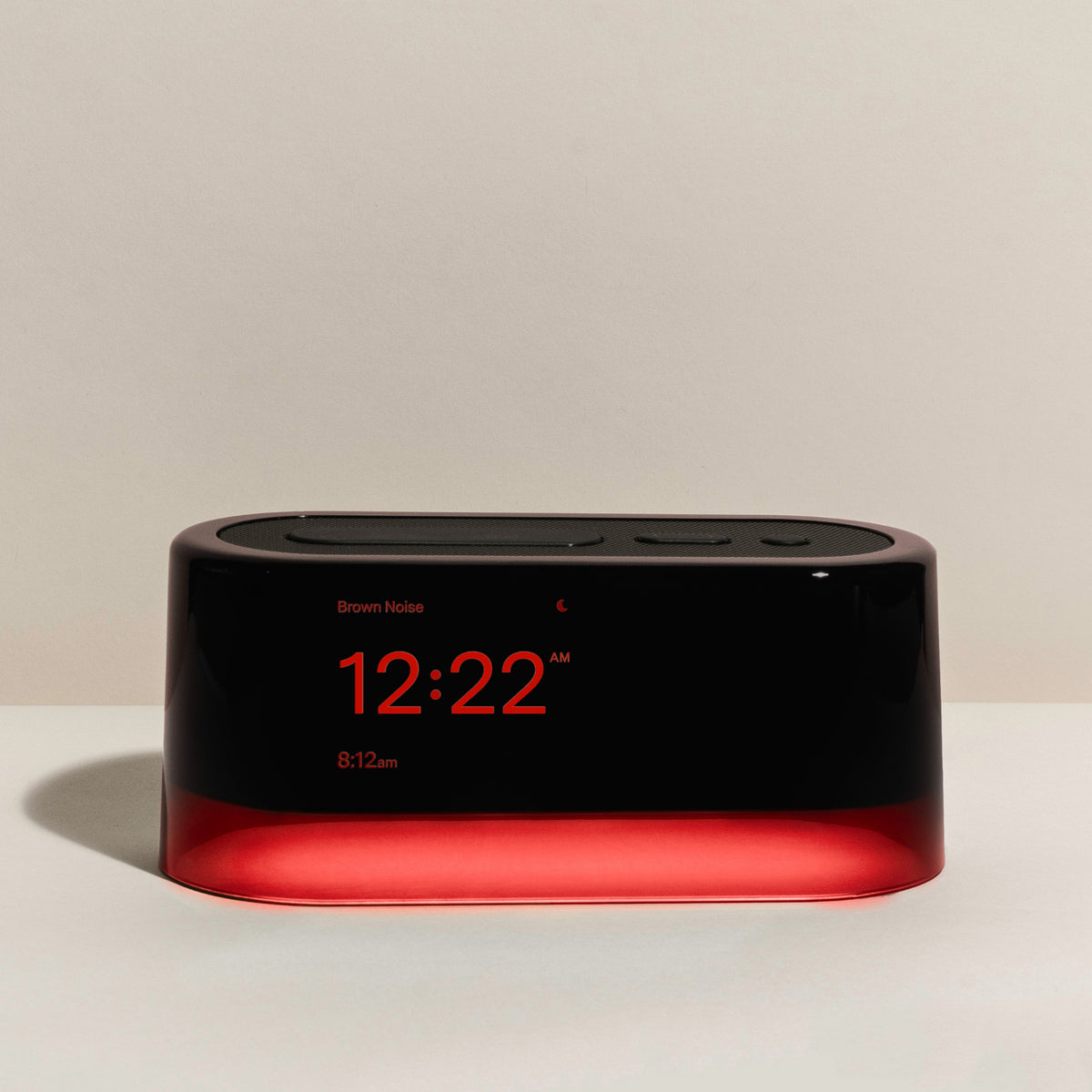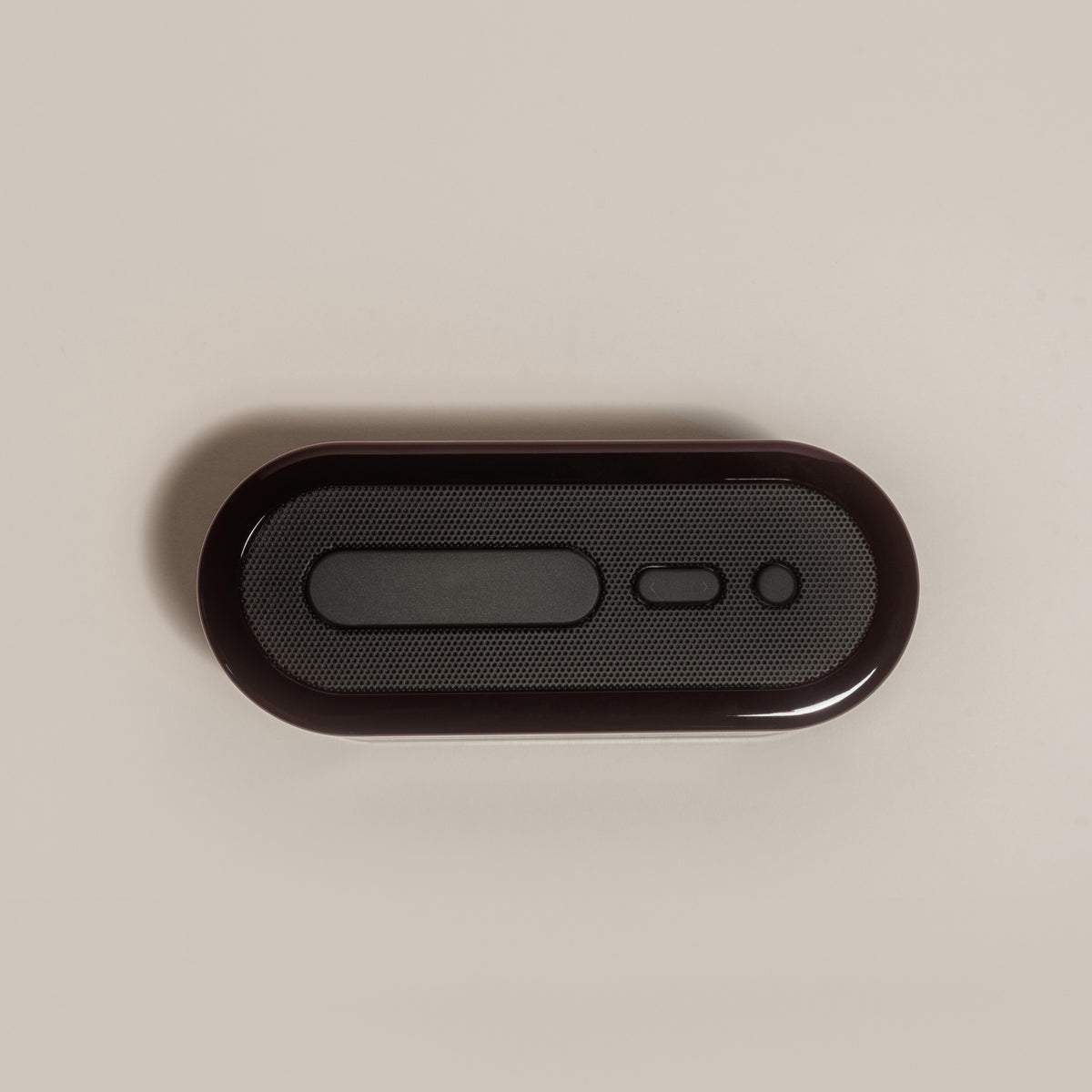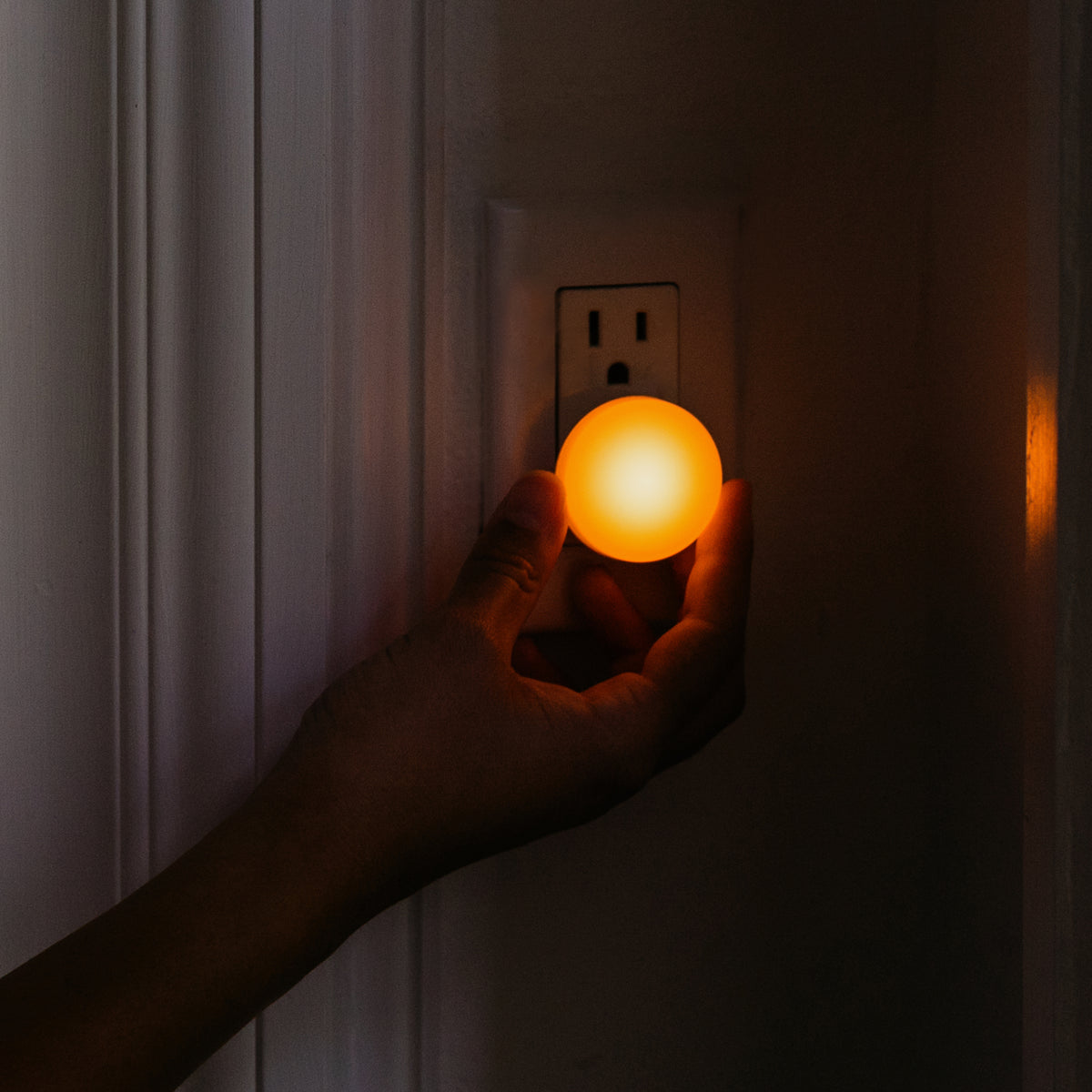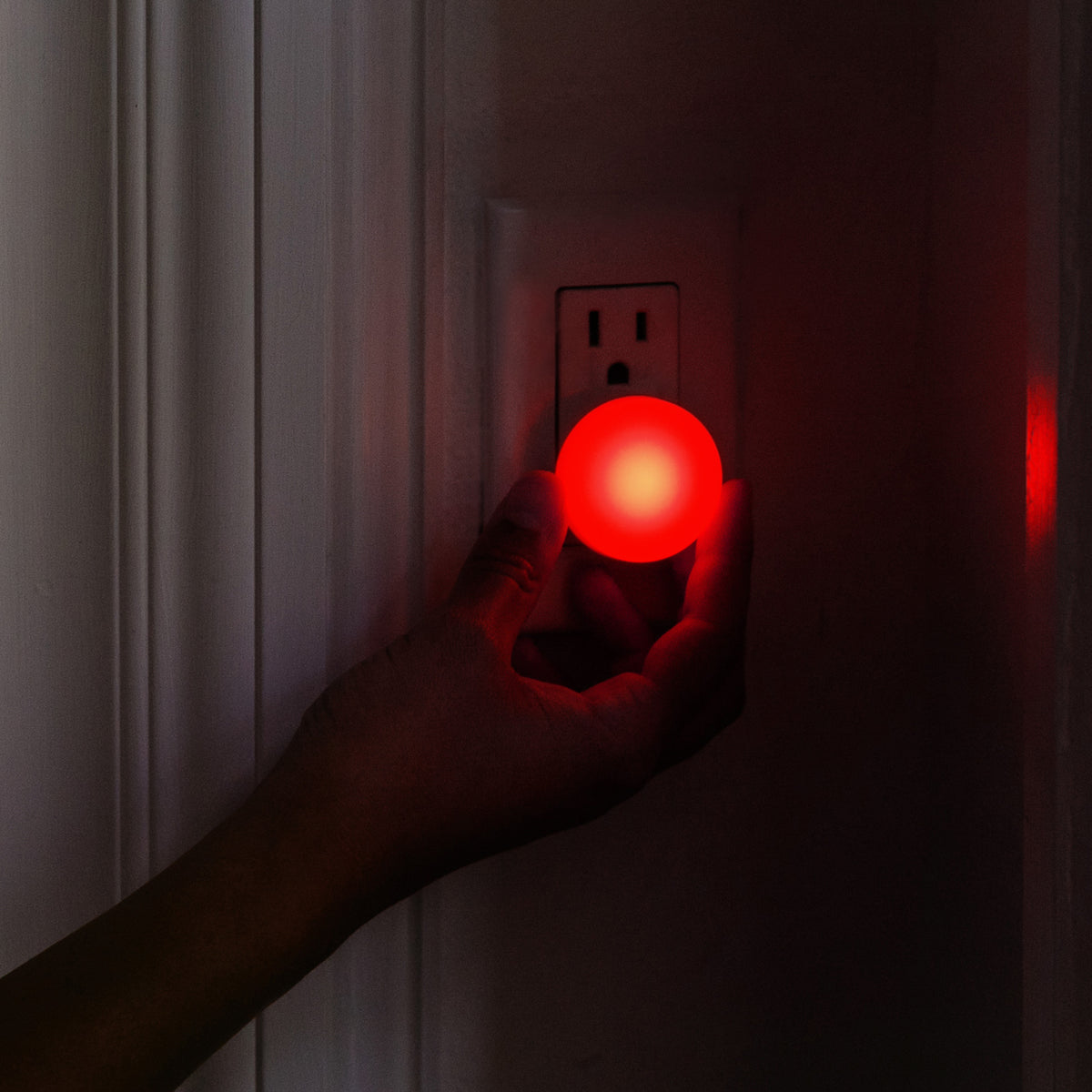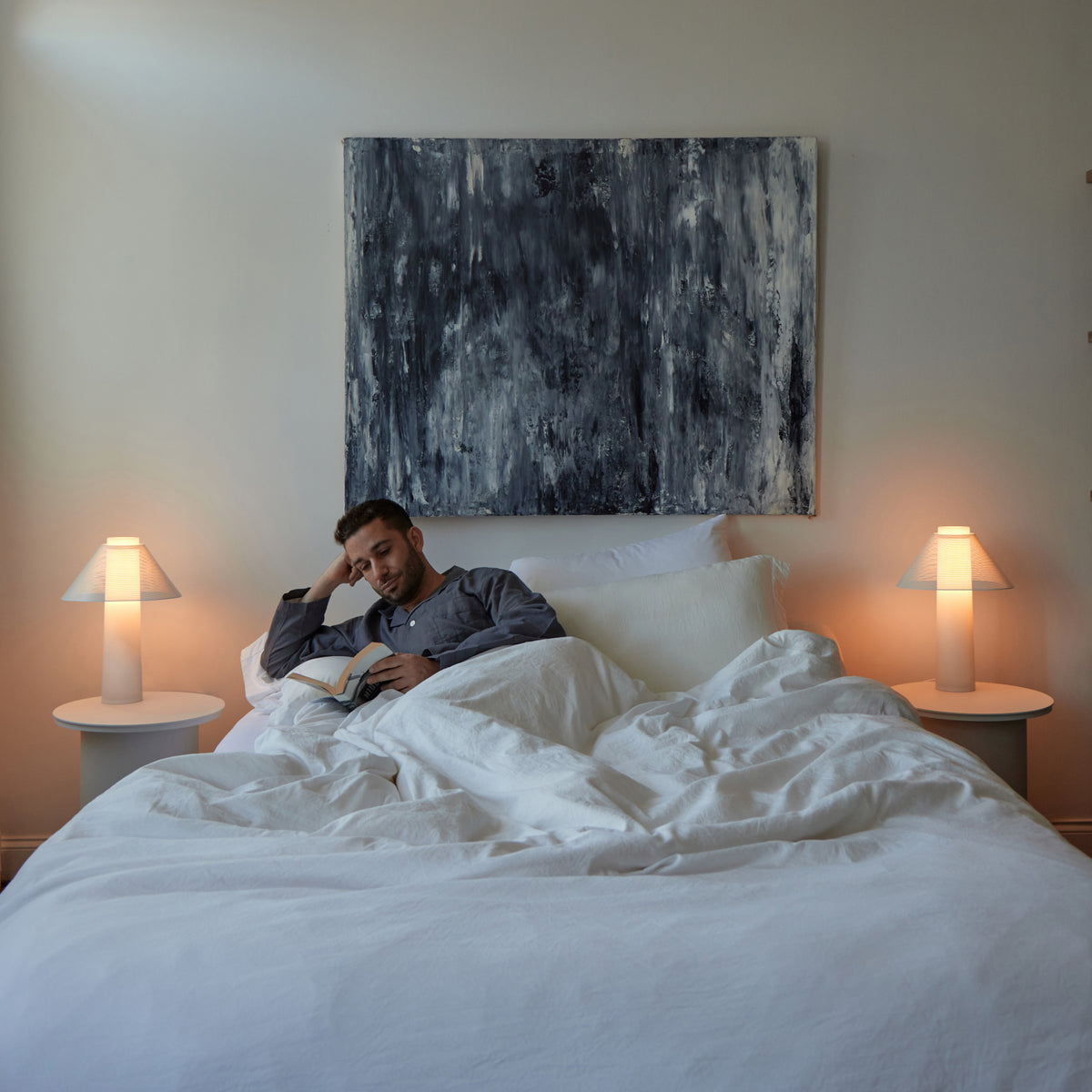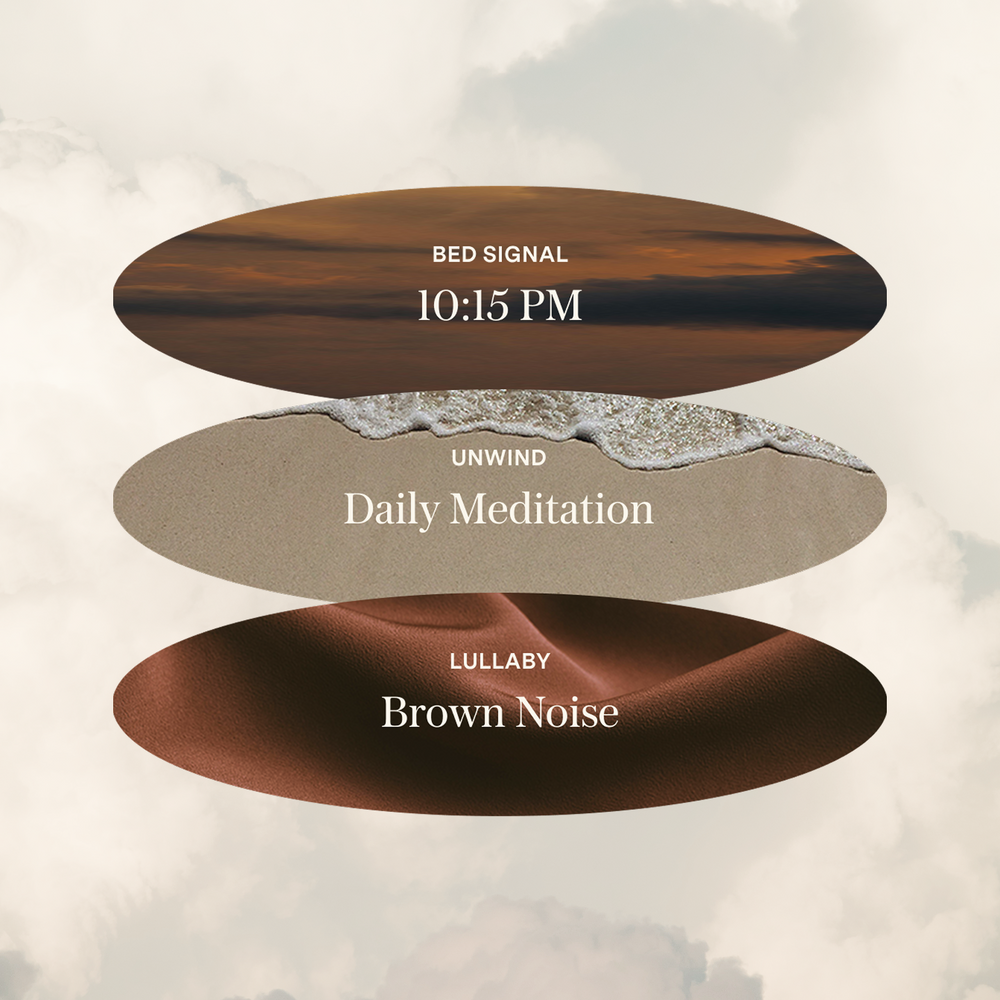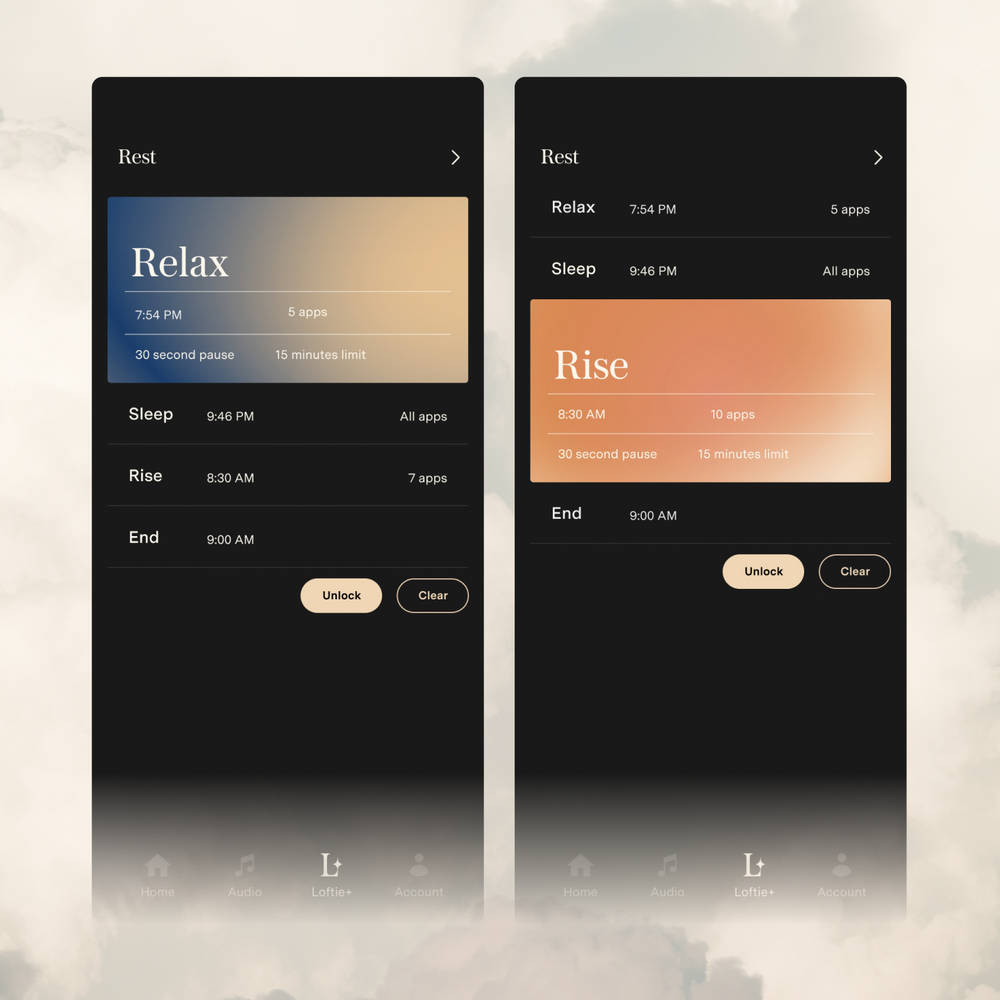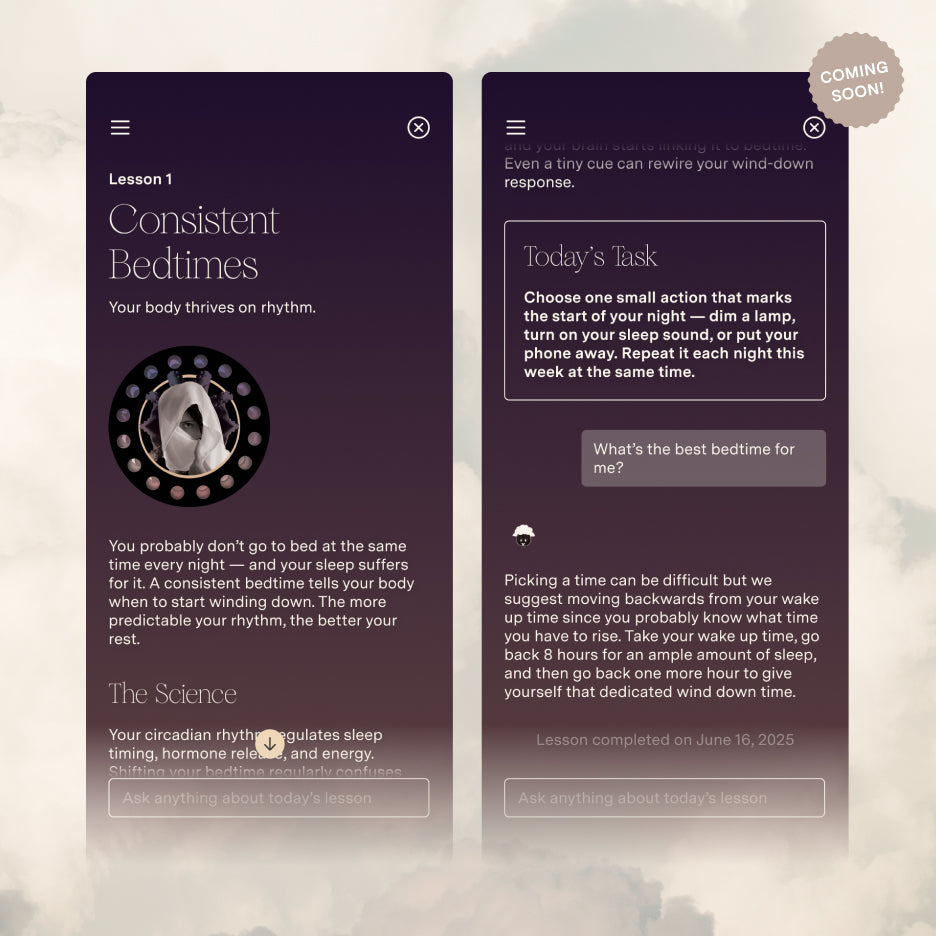With Daylight Savings Time (DST) just around the corner, many of us are preparing to set our clocks back and enjoy that extra hour of sleep – or are we? While it may seem like a small adjustment, studies show that the shift in time can significantly affect our sleep patterns, energy levels, and overall health. In fact, research indicates that even a one-hour shift in sleep can disrupt our body’s internal clock, leading to effects that can last days, or even weeks.
Here’s what you need to know about DST, how it impacts your body, and a few simple adjustments to make sure your routine stays smooth through the time change.
The Effects of Daylight Savings Time on Sleep and Health
When we set our clocks back in the fall, it might seem like a blessing to gain that extra hour of sleep. But according to the American Academy of Sleep Medicine, the disruption to our circadian rhythm – the internal clock that regulates our sleep-wake cycle – can lead to poor sleep quality, especially for those who are already light sleepers.
Statistics reveal that DST can impact more than just sleep: a study from the National Institutes of Health found that the risk of heart attack increases by 24% following the spring “spring forward.” In addition, mental health can suffer. People may feel an increase in anxiety, irritability, and even depressive symptoms as their bodies work to adjust to the time shift.
The fall DST transition might be easier, but it’s still essential to take proactive steps to manage the change for smoother days and restful nights.
Preparing Your Schedule: Adjusting for Daylight Savings Time
Here’s a quick guide to help your body gradually transition and reduce any adverse effects from the time change:
1. Start Adjusting Bedtime Gradually
- One week before DST: Begin going to bed and waking up 15 minutes later than usual. Each night, extend your bedtime slightly until you’re closer to DST. This gradual shift can help your body adjust more easily.
- After the time change: Stick to your new routine! Consistency is key for your body to adapt to the new time.
2. Light Exposure in the Morning
- Exposure to natural light is one of the best ways to reset your circadian rhythm. Try to step outside or sit by a window within the first hour of waking up, even if it’s just for a few minutes. Morning sunlight can help set your internal clock and ease the transition. If you wake up before the sun, try tools like the Loftie Lamp that simulate that experience for your body
3. Avoid Heavy Meals Before Bed
- Eating a large meal close to bedtime can disrupt sleep and make it harder for your body to adapt. Opt for a lighter meal in the evening, and try not to snack too close to bedtime to support more restful sleep.
4. Limit Screen Time in the Evening
- The blue light from screens (phones, tablets, computers) can trick your brain into thinking it’s daytime, which delays melatonin production. Try to turn off screens at least an hour before bed or use blue-light filters if you need to use devices in the evening.
5. Incorporate Relaxing Bedtime Routines
- Activities like reading, journaling, or practicing meditation can help ease your mind and signal to your body that it’s time for rest. Consider adding a warm bath or listening to soothing sounds to relax even further before sleep.
The Benefits of Proper DST Adjustment
Adjusting to DST may take some effort, but the payoff is worth it. Creating a bedtime routine and sticking to consistent sleep times not only eases the DST transition but can also help improve your sleep quality, mood, and energy levels year-round. With the right preparation, you can greet DST refreshed and ready to enjoy the change of seasons without the grogginess.
So, when the clock falls back this year, you’ll be ready. Here’s to a restful, easy transition and a smoother start to your mornings!

